Aspen trees (Populus tremuloides) have always been my favorite, likely due to my proud Colorado childhood.
Do you recall the questionnaires you used to give your friends to fill out during your elementary school days? What is your favorite color? (me: green or blue).
What is your favorite car? (me: Lamborghini – because that is what you said in the 70’s – I couldn’t identify one on the road today).
What are you going to be when you grow up? (me: an astronaut).
Where are you going to live? (me: in a grove of aspens).
I stand by that last one…Don’t you agree? Wouldn’t a house right in the middle of this be wonderful?
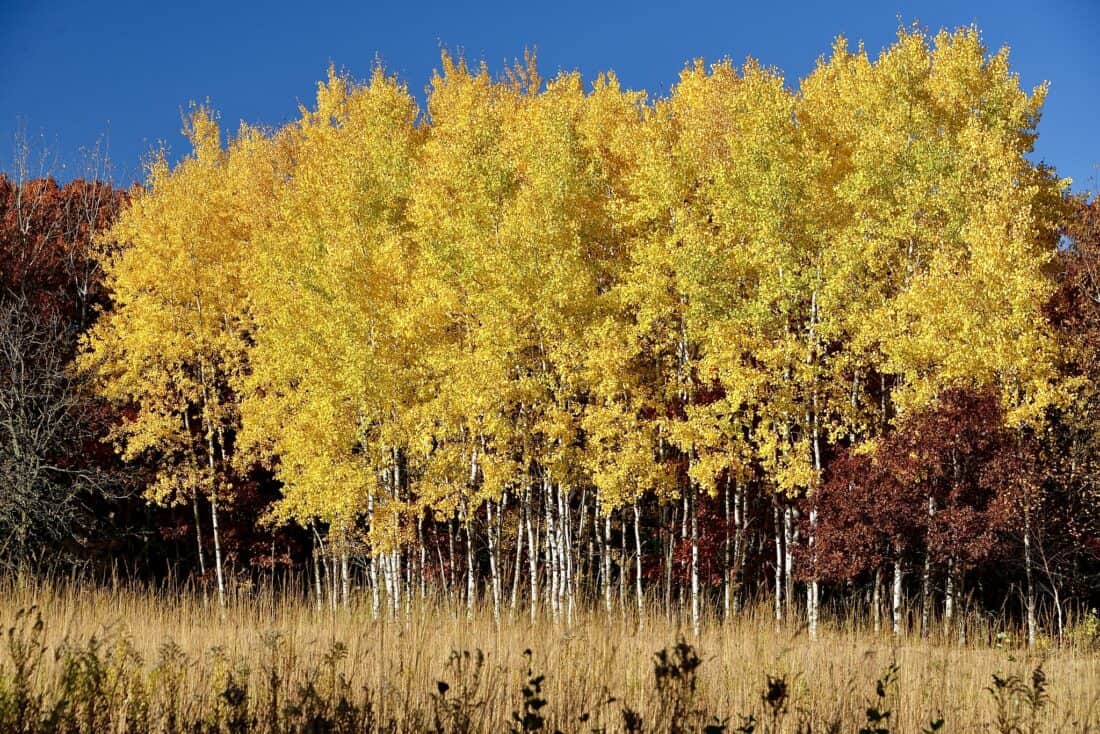
Aspen Trees – Deciduous trees with beautiful fall color
Aspens are easily identified by their long trunks with smooth, pale bark that is scarred with distinctive black marks. In autumn, the glossy green leaves turn golden, yellow or red.
Quaking Aspens, also known as Golden Aspen, are native to North America and are commonly found in hilly or mountainous areas across many states, from Colorado to Vermont and places in between.
These deciduous trees are easy to identify with their small and roundish to heart-shaped leaves. The flattened petioles of aspen leaves make them flutter in the wind, and with the slightest breeze, they come to life in large groves, shimmering and quaking, hence the name.
Rarely do they flower; instead, they propagate mainly through their roots, forming vast groves. What fascinates me is the fact that all the trees within a single clonal colony are regarded as part of the same organism.
One such colony, named Pando (tree), located in Utah, is considered to be the oldest and heaviest living organism, estimated to weigh six million kilograms and to be approximately 80,000 years old.
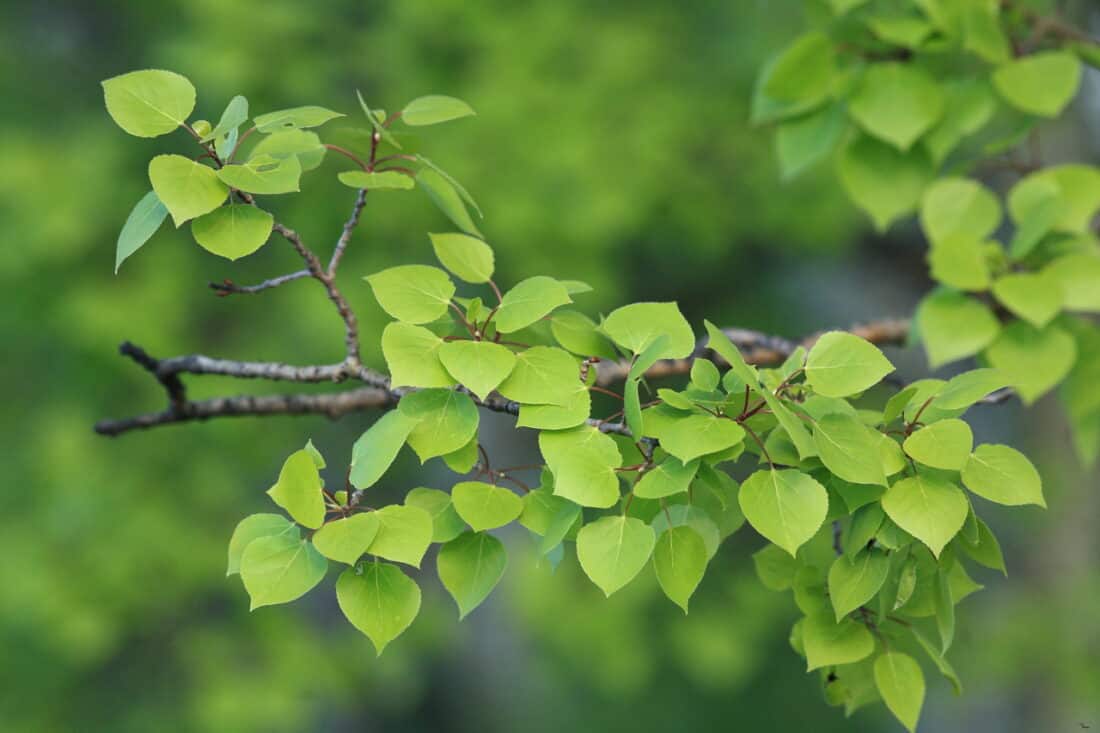
Growing Quaking Aspen in Your Landscape
This tree is reported to rarely survive at elevations lower than 1,500 feet (460 m) due to the mild winters experienced below that elevation. It is generally found at 5,000–12,000 feet (1,500–3,700 m).
I have tried to grow it a few times in Central Massachusetts (I live on top of a hill, and while my hill is only 650 feet above sea level, it is noticeably sharper up here in the winter than 100 yards down the hill in any direction). I have had little success – I suspect I am not quite high enough for Mountain Aspen – despite being higher than everywhere else. The trees were regularly attacked by Poplar Borer (turning the bark into a weird and unattractive texture), and numerous aspen-growing experiments have failed to work here. (They generally lived for a couple of years, dying a slow and painful death).
If you want to grow them, make sure your elevation is a good match for their needs. And also, make sure you are able to support future trees in the same general area. Each individual tree does not live very long (averaging only 60-70 years), but the colony can live for tens of thousands of years.
Quaking aspens are extremely hardy – (down to zone 1), and once you have successfully established a clonal colony, they can be difficult to remove (the underground root system will continue to send up new baby trees).
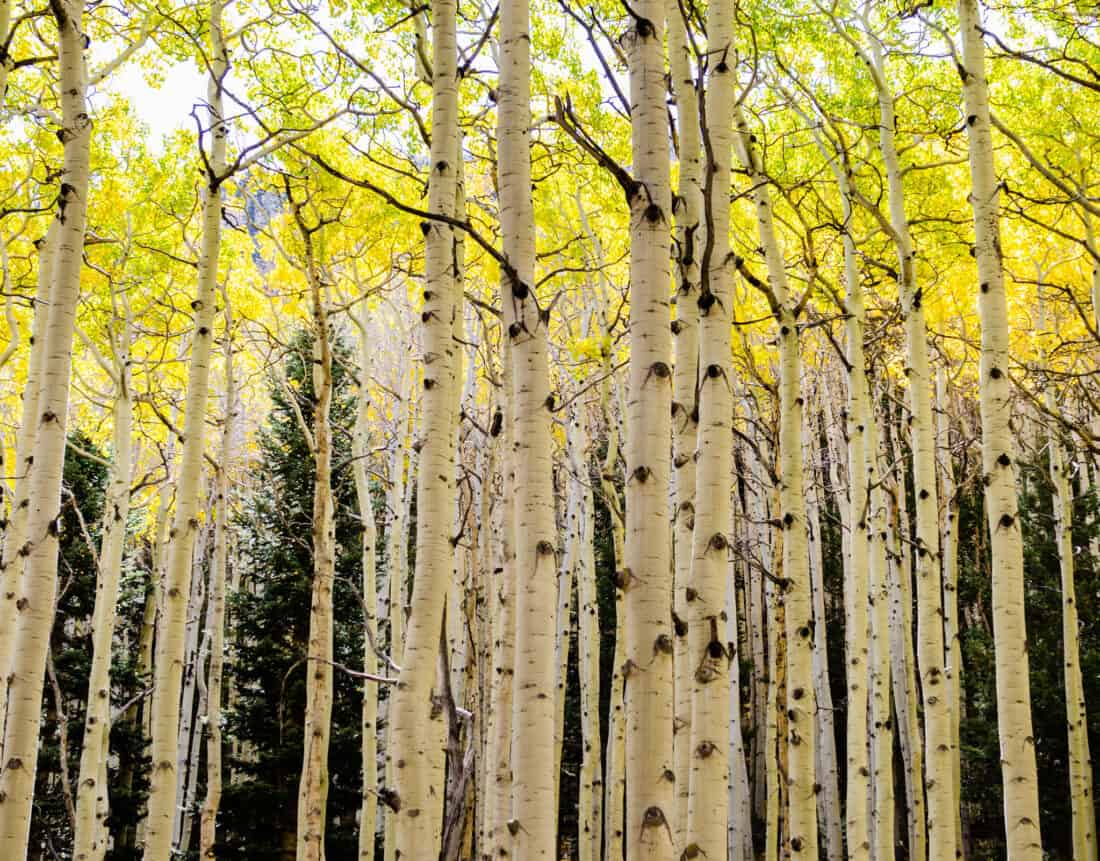
Designing with Quaking Aspen
In my childhood neighborhood (In Denver), I think every house has a little clump of aspens somewhere in the front yard. Aspens have a delicate look, and they are always prettier when you have three or more together.
Planting aspen whips is typically inexpensive – Locally, I can source 2-3′ whips for under $8 each. They are fast-growing trees that don’t have a widespread – they look best in clumps – I’d always do at least 3-5 together. An aspen clump is similar in size to other medium-sized trees.
Interesting facts about Quaking Aspens
1. Aspen groves, or clones, can be massive and are considered the heaviest and oldest living organisms on Earth.
2. In the American West, quaking aspen groves sometimes form after wildfires or logging clear an area. They facilitate ecosystem recovery and are among the first to recolonize disturbed areas (often competing with whitebark pine, an important grizzly bear food source). Aspen groves have evolved to be fire-adapted, often benefiting from wildfires that remove competing species.
3. Aspen wood was used during the Gold Rush to build cabins and sluice boxes, and old aspen cabins can still be found in ghost towns. Aspen wood is resistant to decay and is still commonly used for making furniture and paper products.
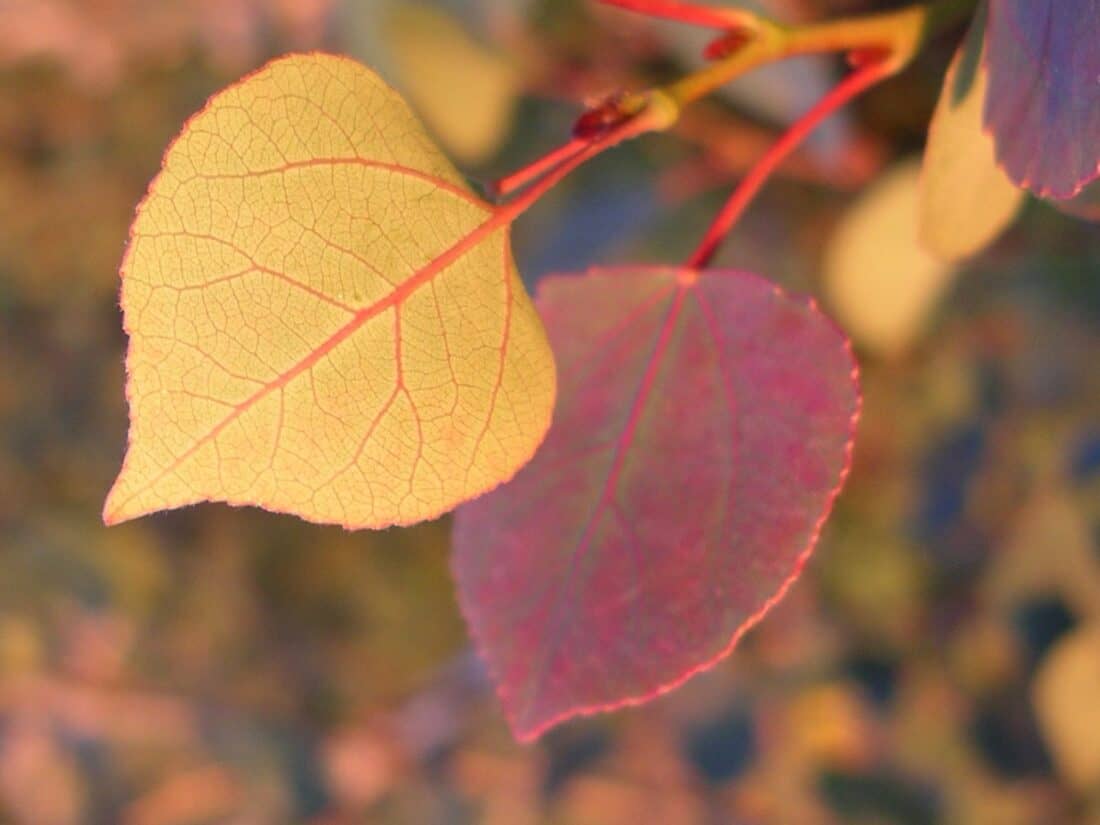
4. The smooth, white bark of aspen trees makes them easy to distinguish in the forest. The bark of young aspen trees may appear green, turning to a chalky white as they mature.
5. Aspen catkins, which hold the tree’s seeds, are covered in a sticky substance that helps them attach to the smooth bark. The catkins release seeds with cotton fibers that aid in wind dispersal. Aspen seeds are high in protein and provide essential food for a variety of wildlife, including birds and small mammals.
6. Aspen groves typically reproduce asexually through root sprouting (or root suckers) rather than from seeds.
Plant Quaking Aspen to Support a wide range of wildlife
7. Aspen bark is a preferred food source for beavers, who use the wood to build their lodges and dams. Aspen stands provide valuable habitat for a wide range of wildlife, including elk, deer, moose, and various bird species.
8. Aspen trees were often planted by early settlers as windbreaks and to mark trails, earning them the nickname “pioneer trees.”
9. In some cultures, the quaking aspen symbolizes eternal life and regeneration due to its ability to clone itself. Native American cultures considered aspens a sacred tree associated with healing and protection.
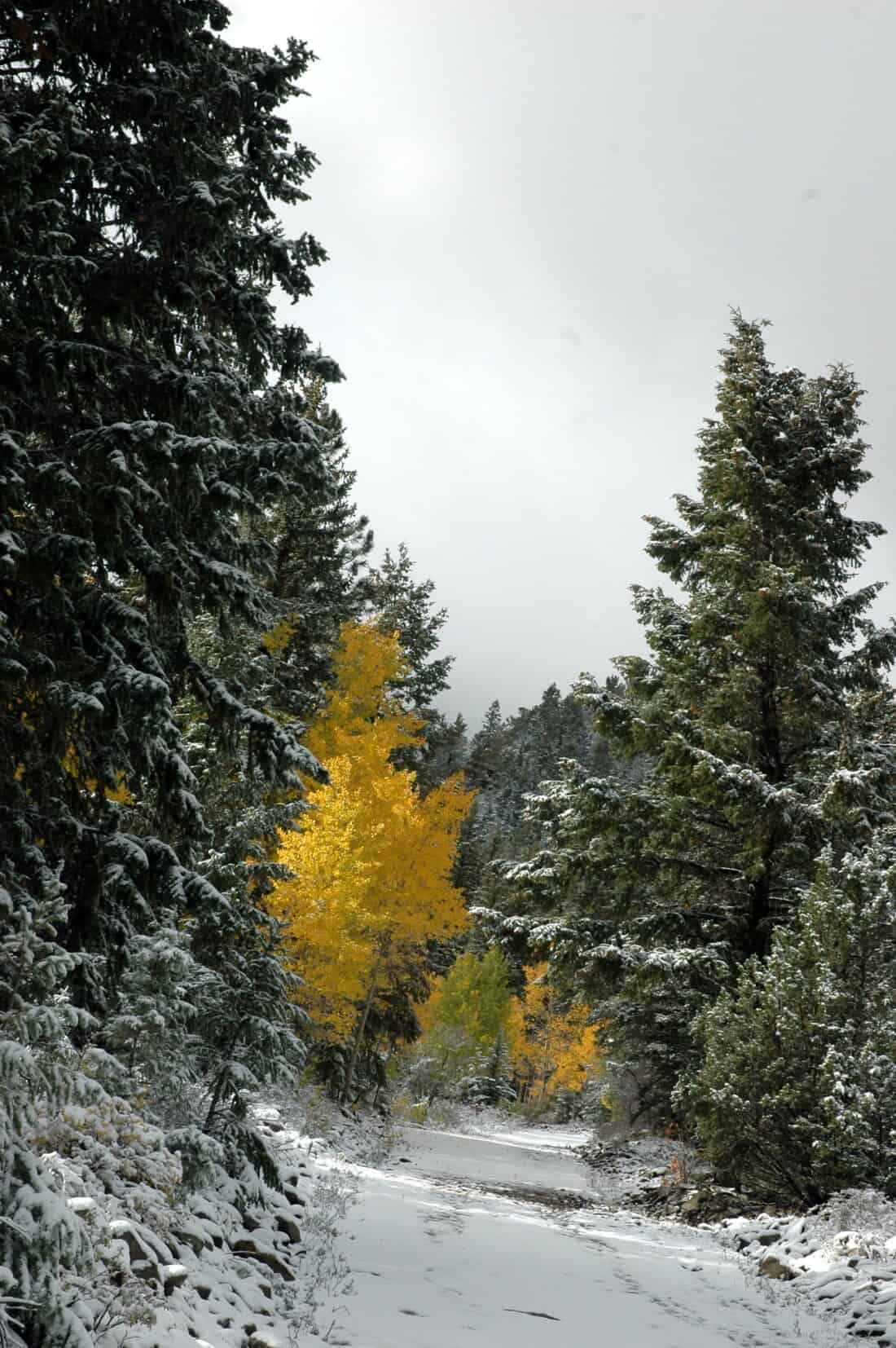
10. The quaking aspen is the state tree of Utah and the most widely distributed tree species in North America.
11. Aspen groves are renowned for their stunning golden and fiery fall foliage. The beauty of aspen groves has been celebrated in poetry by famous writers like Robert Frost, who wrote about them in his poem “The Sound of Trees.”
Quaking Aspens are indicators of Forest Health
12. Quaking aspens are often used as an indicator species for assessing forest health. Their presence can indicate a well-balanced forest ecosystem.
13. The interconnected root systems of a given clone can extend for acres, allowing trees to communicate and share resources, which aids in their survival.
14. When aspen trees are damaged or stressed, they can produce chemicals that deter herbivores and help protect the tree.
15. Fossilized leaves from Populus tremuloides have been found in sediments dating back to the Miocene epoch, offering evidence of the tree’s long history.
16. Aspen Bark is known to be rich in natural salicylates. Populus tremuloides extract is popular in skin care because the salicylates are antimicrobial, and they are said to improve cellular renewal for a smooth and even skin texture.
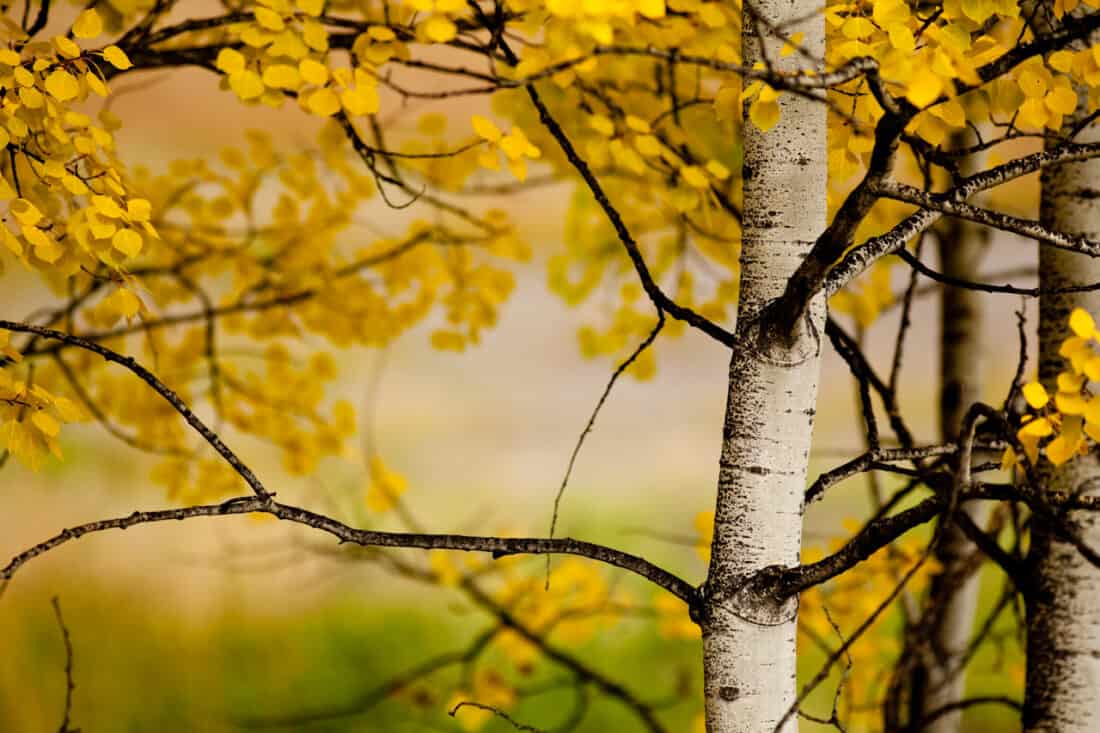
Other posts you might be interested in:
images: Keith Ewing. Dillan K, Joel Galbraith, Matt Lavin, Horatio3K,
Been in the south my whole life. Always been fascinated by northern silvology and ecosysystems. Rarely get a chance to go up North. Now that I’m disabled I can’t travel much. *sigh*
Raymond – I had to look up the term silvology – thank you for introducing me to a great new word!!